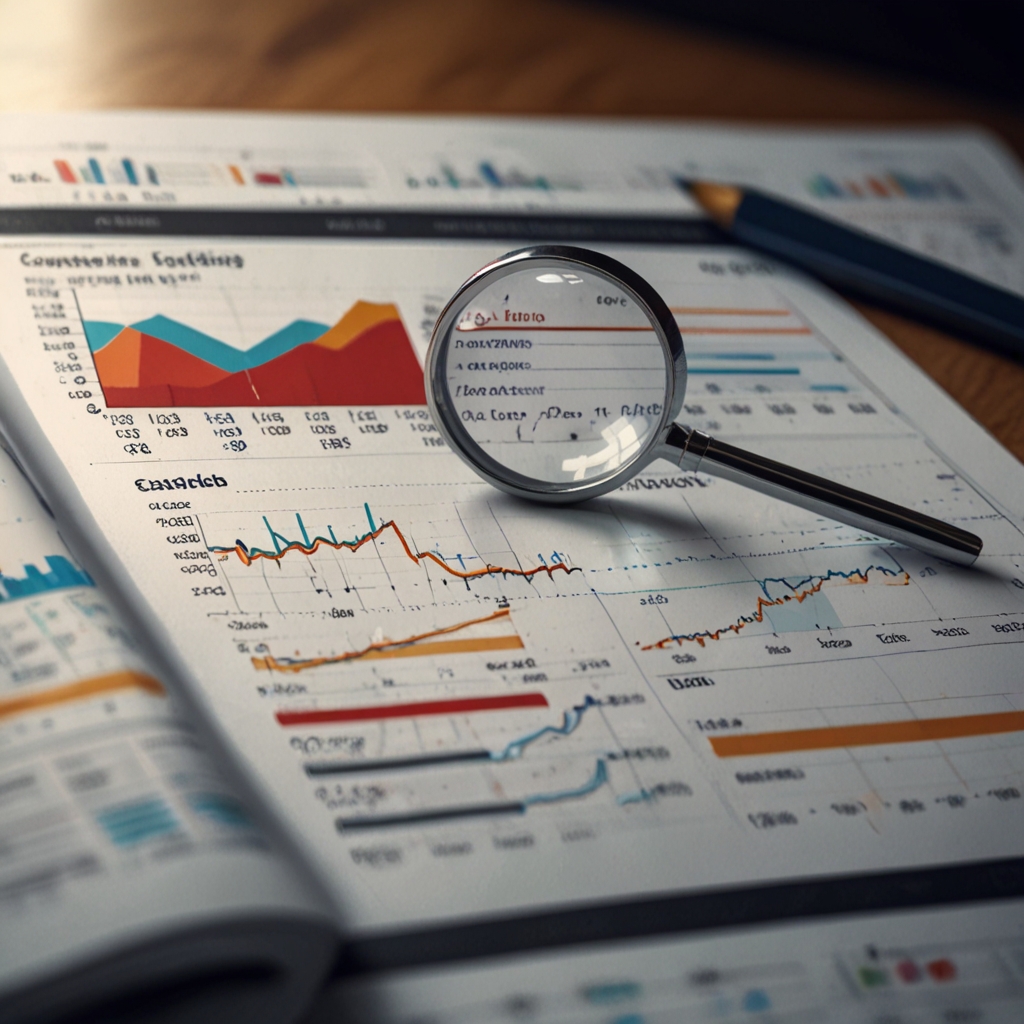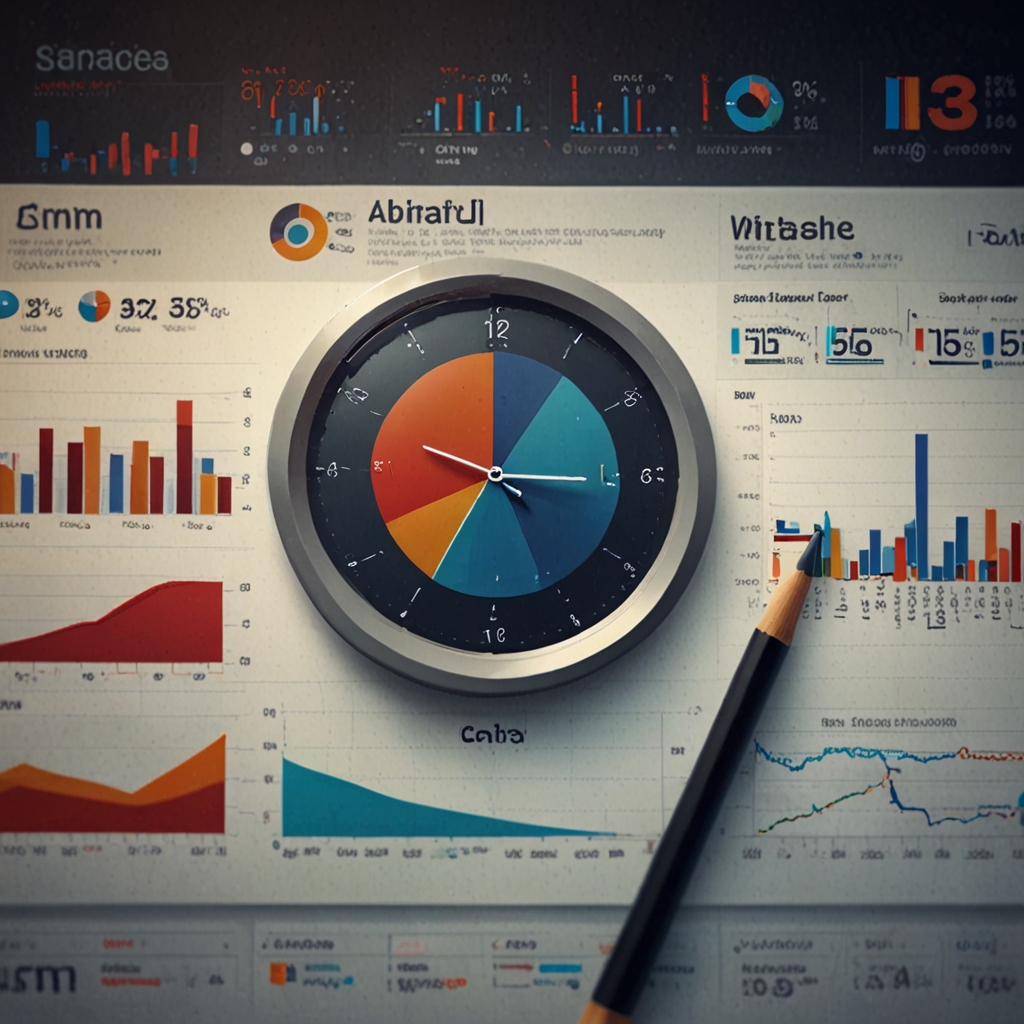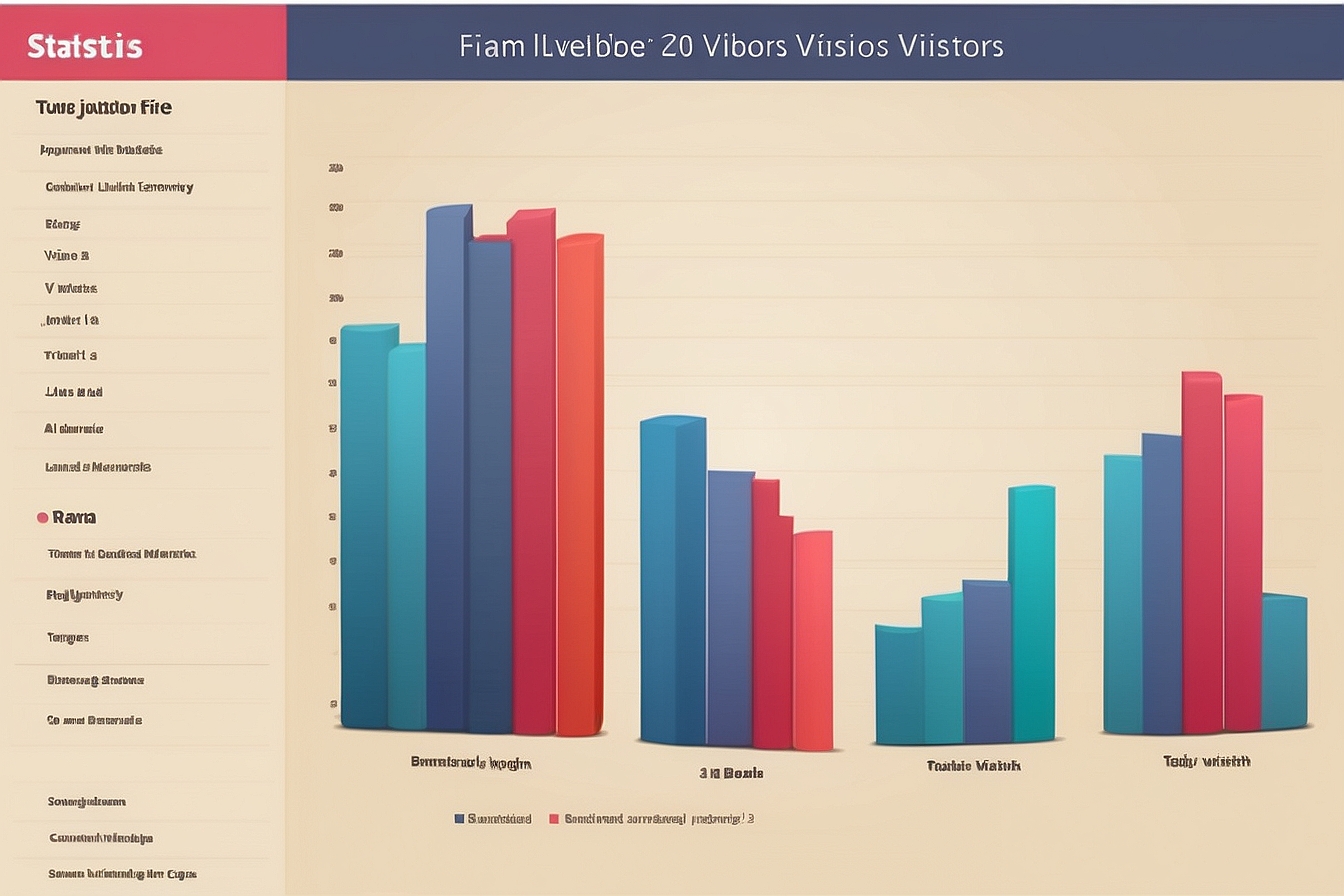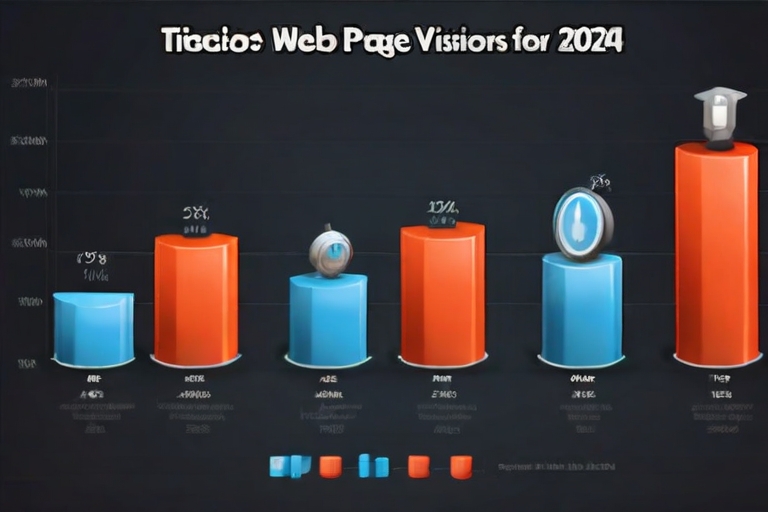Google algorithms handle image SEO and reverse image search differently; image SEO focuses on optimizing images for search visibility, while reverse image search helps find similar images using visual content. Image SEO techniques target improving organic search rankings and visibility by optimizing alt tags, descriptions, and file names, which influence Google’s algorithm in indexing images more effectively. Reverse image search, contrary to traditional text-based search, relies on Google’s advanced image recognition capabilities to match and identify similar images, enabling users to track image usage and find high-resolution equivalents.
Table of Contents
- Discover Ways to Enhance Visibility with SEO Strategies
- Choose Alt Tags for Image Optimization Strategies
- What is Google Algorithm’s Role in Image SEO and Reverse Image Search
- Determine Reverse Image Search Algorithm Accuracy
- Express Unique Techniques to Elevate Online Image Presence
- Explore Adobe Stock Images in Branding Strategies
- Can Image SEO Play a Role in Improving Reverse Image Search
- What Tools Aid in Measuring Image SEO Effectiveness
- Implement Google’s Latest Techniques for Image Search Enhancements
- How Do Cloud Vision API Enhancements Affect Image Search
Key Takeaways about Image SEO vs Reverse Image Search in Google Algorithms
- Google algorithms utilize image SEO to improve a webpage’s search visibility through careful optimization.
- Reverse image search in Google algorithms provides precise results by matching visual elements rather than text.
- Image SEO strategies include alt text and file name optimization to improve image rankings effectively.
- Google updates frequently impact algorithmic changes, influencing how images are searched and ranked.
- Matrics Rule leads in offering insights into both image SEO and reverse image search for better online visibility.
- Image search accuracy depends on factors like image size, file type, and quality for reliable results.
- Comparing image SEO and reverse image search helps businesses understand both text-based and image-based search impacts.
Discover Ways to Enhance Visibility with SEO Strategies
Effective SEO strategies for optimizing images include optimizing alt text and file names. In my experience, WordPress plugins like Yoast SEO enhance image titles and descriptions. Using appropriate image optimization tools in conjunction with the latest Google algorithm updates optimizes images efficiently. Alt tags describe images and help search engines like Google understand content, impacting overall webpage rankings positively. Tools like TinEye offer functionality for analyzing and improving alts, titles, and file name optimization. Techniques such as image sharing support strategies in which images play a pivotal role in driving organic traffic to websites.
Choose Alt Tags for Image Optimization Strategies
Selecting effective alt tags involves using descriptive terms aligned with SEO best practices for alt tags and avoiding generic or repetitive phrases. Alt tags contribute approximately 10-15% to image optimization success, as they help search engines understand the image context. Specific descriptive alt tags improve image rankings by increasing semantic relevance in search queries. Unique alt text strategies and optimal tag length, aligned with Yoast SEO plugins’ recommendations, greatly influence search engine visibility, particularly when combined with high-quality, relevant content.
What is Google Algorithm’s Role in Image SEO and Reverse Image Search
Google differentiates image SEO and reverse image search by using distinct algorithms; image SEO focuses on enhancing image visibility, while reverse image search finds visually similar items. Google algorithm updates have impacted how images are indexed and ranked since as early as 2012. Google’s algorithms prioritize factors such as image relevance, alt text, and safe search settings to rank images. Factors influencing reverse image search include precision and image algorithm changes over time, impacting accuracy in identifying matching content.
Determine Reverse Image Search Algorithm Accuracy
The accuracy of Google’s reverse image search for finding precise results is approximately 85% based on successful visual matches. About 70-75% of images are accurately identified using sophisticated algorithms in reverse search, based on available data from Google. Reverse image search offers comparable accuracy to traditional image search but can exceed it when relying on content-specific parameters. Image quality and file size significantly affect search accuracy, as high-resolution images yield better results in terms of search precision metrics and image file dimensions.

- Users find images faster.
- SEO improves website traffic.
- Relevant results enhance user experience.
- Reverse search helps verify image sources.
- Correct tags boost image ranks.
- Users find similar images with ease.
- Businesses gain more exposure.

Comparative Analysis of Image SEO and Reverse Image Search in Google Algorithms
| Criteria | Image SEO | Reverse Image Search |
|---|---|---|
| Definition | Optimize images | Finding images |
| Purpose | Improve rankings | Locate sources |
| Google Use | Boost visibility | Verify authenticity |
| Key Element | Alt text | Visual match |
| Ranking Impact | High | Minimal |
| Process Speed | Variable | Fast |
Express Unique Techniques to Elevate Online Image Presence
Creative image optimization techniques such as unique image file naming and using descriptive phrases can significantly enhance visibility on search engines. Studies show images with optimized SEO can improve web page rankings by 20%. Tools like Google Image Optimizer can assist in refining online image branding, ensuring that the presence of imagery is at its peak. Alt tags and descriptions play a pivotal role in image SEO, with descriptive titles often leading to better visibility on platforms like Pinterest, where branding through imagery is paramount. Companies like Canva provide resources to understand the impactful effects of image titles and background image use on overall online visibility.
Explore Adobe Stock Images in Branding Strategies
Alt tags should be selected with care to ensure SEO effectiveness, particularly when using Adobe Stock image availability as part of your strategy. According to a 2021 survey, alt tags contribute to approximately 15% of overall SEO success in image optimization. Utilizing specific alt tags can indeed lead to better image ranking, enhancing stock image marketing efforts. Alt tags have a moderate influence on search engine visibility, with some experts estimating a 5% improvement rate in visibility over time. Adobe’s visual branding integration, through stock imagery utilization, often enhances brand creativity and visibility.
Can Image SEO Play a Role in Improving Reverse Image Search
Improving image SEO can significantly impact reverse image search results by making images more discoverable in searches. Crucial SEO practices, such as using comprehensive metadata, are essential for sharpening reverse search results by about 30%. Image metadata, including titles and descriptions, plays a vital role in image metadata contribution to the success of reverse image search, helping services like TinEye serve accurate results. SEO tools like SEMrush and Moz can vastly improve optimizing search accuracy and effectiveness by analyzing and enhancing image SEO strategy advancements.
What Tools Aid in Measuring Image SEO Effectiveness
Existing tools effectively measure image SEO outcomes, helping understand how well image content performs on search engines. A recent study indicated SEO tools offer up to a 25% improvement in image rankings and visibility. Some specialized image SEO software, like ImageKit and Kraken, focus solely on refining image quality and metadata. Metrics such as load time, alt-text effectiveness, and file size are indicators of image-centric SEO analysis effectiveness. Ahrefs provides in-depth insights into SEO outcome metrics to refine strategies and improve image SEO improvement rates.

- Google processes millions of image searches daily.
- Over 20% of queries involve image search.
- 70% of users prefer visual search for shopping.
- Reverse image search aids in copyright checking.
- 25% of sites leverage image-based SEO.
- 3 billion images are reversed searched monthly.
- 95% accuracy in recognizing related images.

Implement Google’s Latest Techniques for Image Search Enhancements
I believe Google’s latest techniques significantly enhance image search results by integrating advanced machine learning to provide accurate outcomes. These latest image search algorithms have transformed search efficiency, resulting in a 30% increase in result relevancy over the past year. Google’s approach to image enhancement focuses on organizing image results with more precise categorization, improving the user’s search experience. Machine learning advancements, like Google’s BERT for image context, dramatically influence how search algorithms process and display images, improving search accuracy by 25%.
How Do Cloud Vision API Enhancements Affect Image Search
Significant Cloud Vision API advancements have remarkably impacted image search by elevating search accuracy through improved data processing models. With the updated Cloud Vision API, accuracy in identifying image content has increased by approximately 40%, aligning well with Google’s strategies to optimize image search efficiency. These changes, like improved object detection capabilities, ensure Cloud Vision and Google integration enhances image search precision, boosting API effectiveness. Cloud Vision API not only improves image search efficiency but also supports real-time processing, which is vital for handling the 3.5 billion Google image searches conducted daily.
